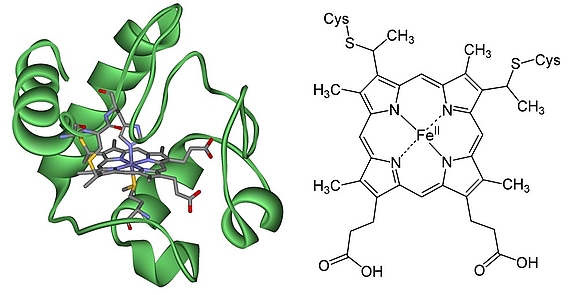
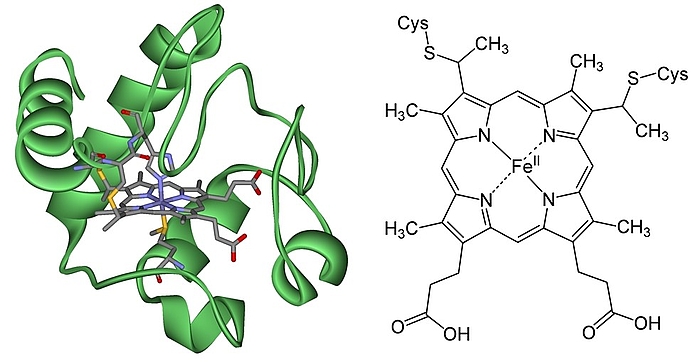
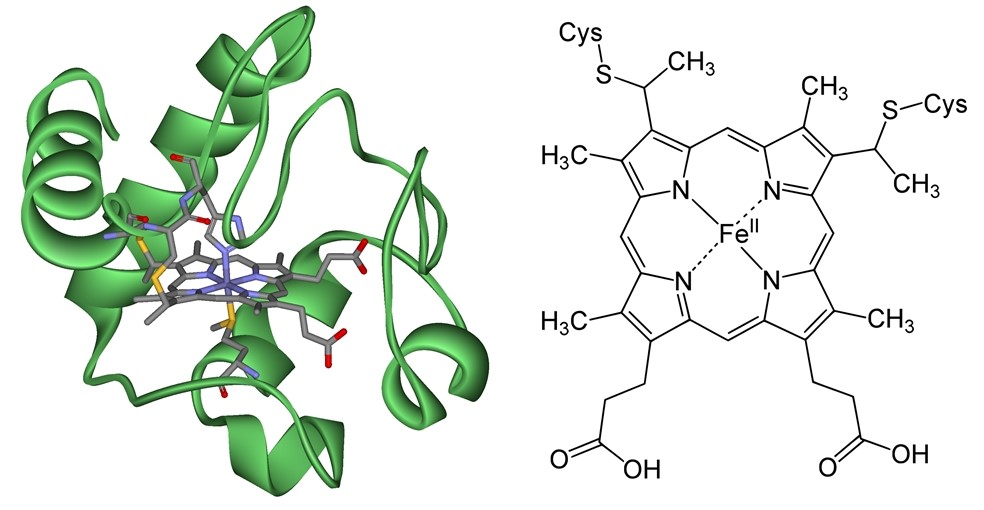
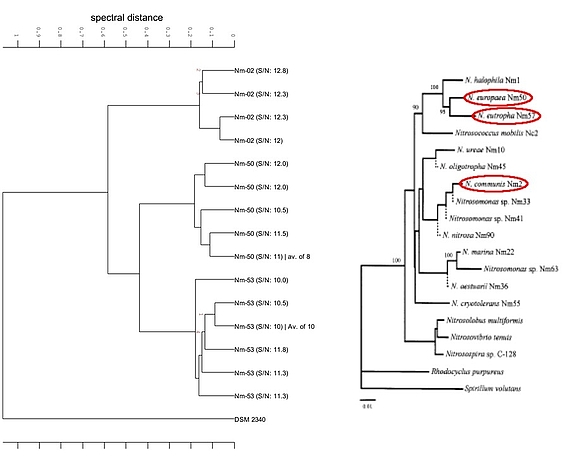
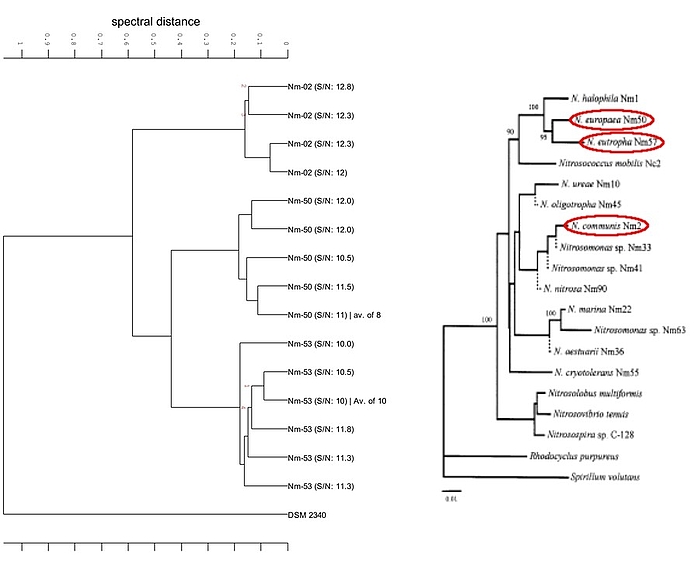
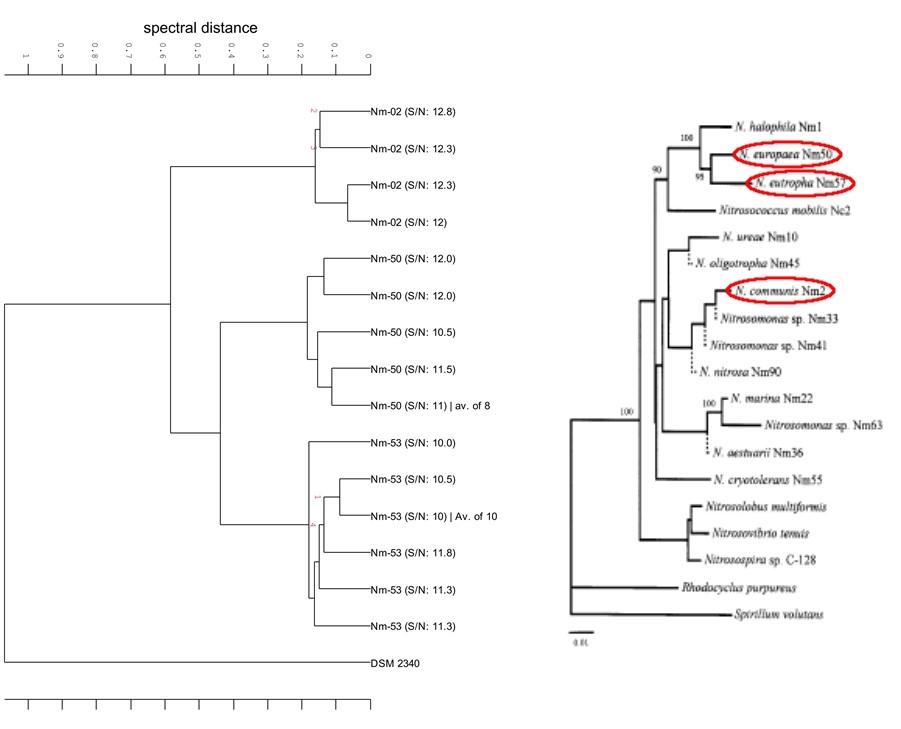
[Text en: Warum Bakterien]
Why bacteria?
Bacteria form one of the largest domains of procaryotic microorganisms, and - together with their distant relatives, the Archaea - were among the first life on Earth. Bacteria, be it as individual cells or associated in biofilms, are ubiquitous. Bacteria live in soil and water, are often airborne, and even inhabit extreme environments such as acidic hot springs, cave crystals, bedrock over two kilometers down, radioactive waste sites, and us. In fact, there are approximately ten times more bacteria than human cells in our bodies.
And bacteria relations?
For understanding bacteria, it is essential to not only identify them, but also to know how they are related. However, determining bacterial phylogeny - the "relative relatedness of bacterial cells" - is a complex, time consuming, lab-intensive, and destructive process. By using a specific resonance of the protein cytochrome c, it is possible to do it optically with confocal Raman microscopy and 532 nm excitation, thus working with single bacteria that can remain in their native environment (as long as that environment is accessible).
Why cytochromes?
Cytochromes c (cyt-c) are ubiquitous heme proteins found in the majority of life forms on Earth that serve as "electron shuttles" in the cells. Cytochromes consist of a central heme molecule surrounded by a protein matrix. For the protein to perform its function, the heme cannot be changed, thus the heme is "evolutionary stable". However, the surrounding protein matrix is subjected to evolutionary change, esp. since bacteria form many, often very specialized cytochromes c for different tasks involving electron transport, thus evolutionary change is even abundant in the protein matrix of bacteria, making it a very good evolutionary marker for specific bacteria strains.
Optical analysis of bacteria relations
Confocal Raman microscopy tuned for molecular resonance of the heme c can be used to record enhanced Raman spectra of specifically the cytochrome c-content of individual living bacteria. These Raman spectra can then be categorized based on their similarity using Hierarchical Cluster Analysis, thus determining how evolutionary close the analyzed bacteria cells are to each other.
In a proof of concept experiment, we successfully determined in vivo the phylogenetic distance ("relative relatedness") of four bacteria strains with known phylogeny and are now in the process of acquiring funding for answering the remaining questions regarding the correlation to established methods, the valid phylogenetic range of our method, and its applicability to complex environmental samples (i. e. biofilms). This will allow us to directly observe and record biofilm formation and habitat formation within the biofilm.
Your Contact


30167 Hannover


